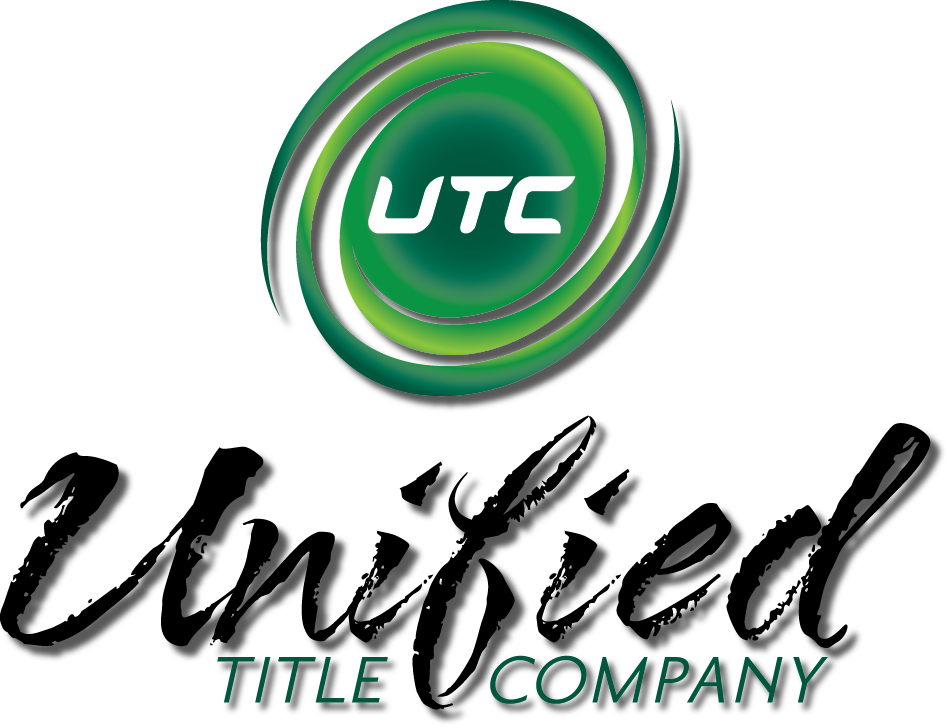Deeds-in-Lieu and Bankruptcy
If you are facing the prospect of foreclosure, you may offer to transfer your property to your lender in exchange for debt forgiveness. For the lender the benefits of such an arrangement are reduced time and expense. A “deed in lieu” transaction can be negotiated and consummated quickly, without the involvement of courts or the public trustee. You can benefit too. You get immediate debt relief and you avoid negative publicity and the stigma of foreclosure. Generally, a deed in lieu transaction is limited to situations in which the debt secured by your property equals or exceeds its value.
In many instances, non-payment of mortgage debt is related to the accumulation of additional debt (credit cards, medical bills), or reduced wages. Bankruptcy can be a way to gain control of spiraling debt.
The bankruptcy process may afford you relief from some of your debt and it can buy you time, but it will not relieve you of your obligation to repay your mortgage loan and ultimately, it will not prevent a foreclosure. Under federal law, the filing of a bankruptcy petition automatically stays (stops) the commencement or continuation of judicial, administrative or other proceedings against the debtor. Your lender must petition the bankruptcy court for “relief from stay” and until the stay is lifted, your lender can not commence or continue a foreclosure.
Under Colorado law, the timing of the bankruptcy filing determines the effect on the foreclosure timeline. If the filing occurs after the public trustee satisfies the statutory requirement to publish notice of the foreclosure sale for five consecutive weeks, then the foreclosure is simply extended from week to week pending a lift of stay. If the filing occurs before the public trustee satisfies the publication requirement, then the foreclosure must be restarted from the beginning once the stay is lifted.
